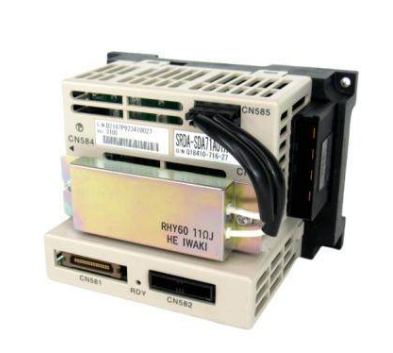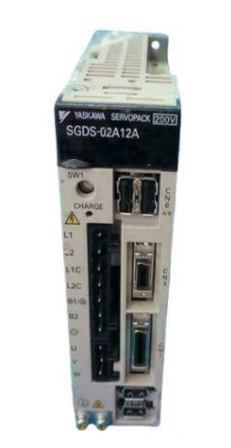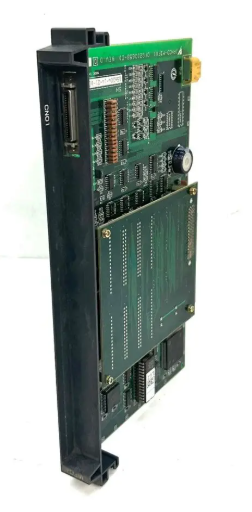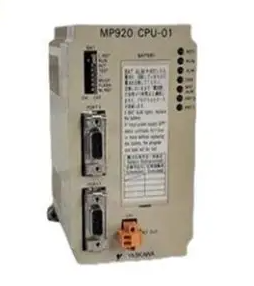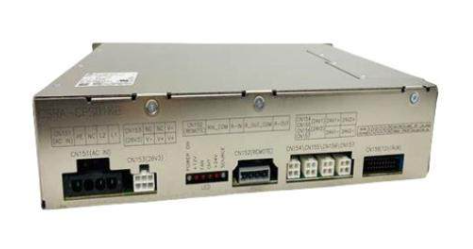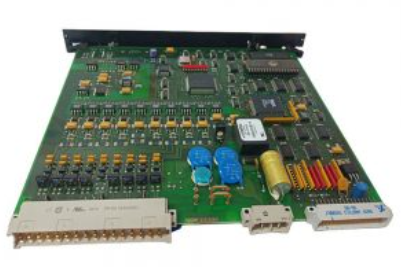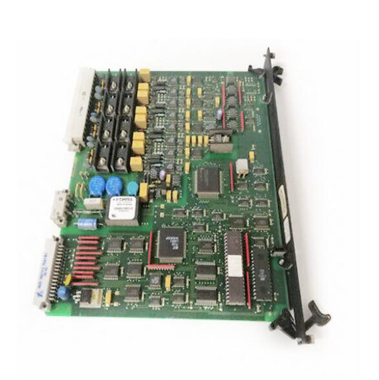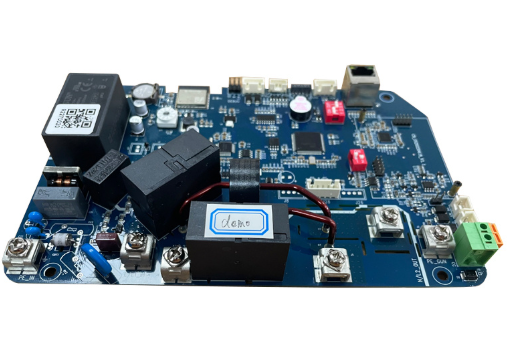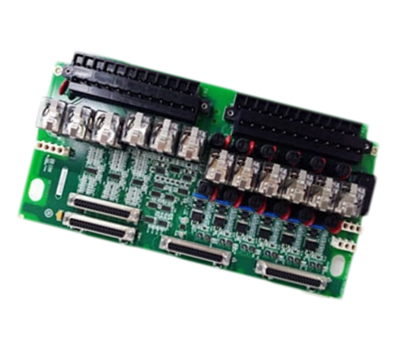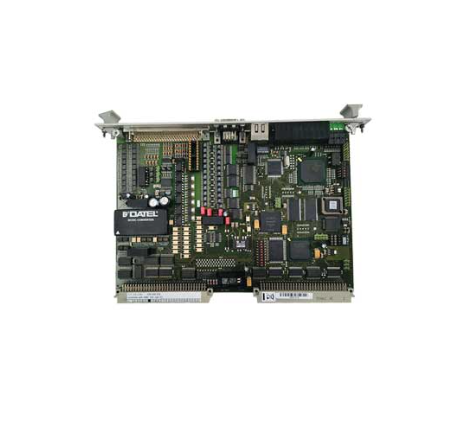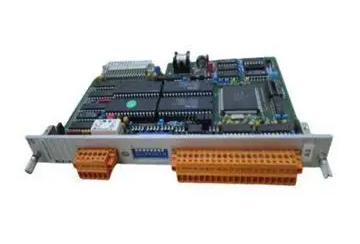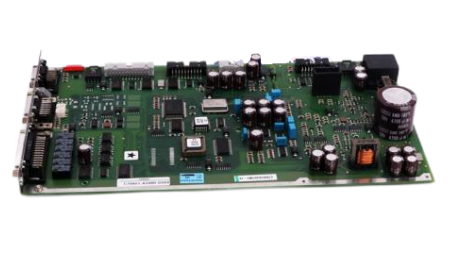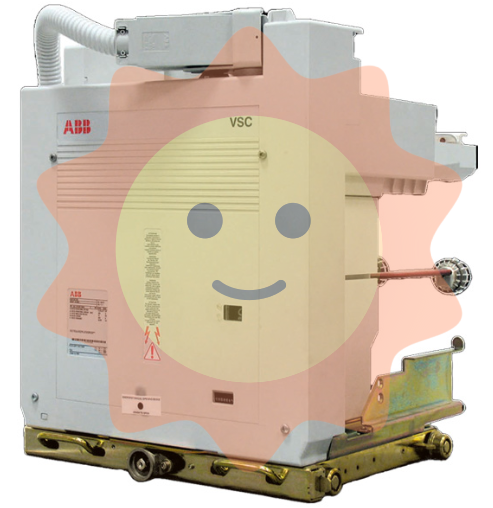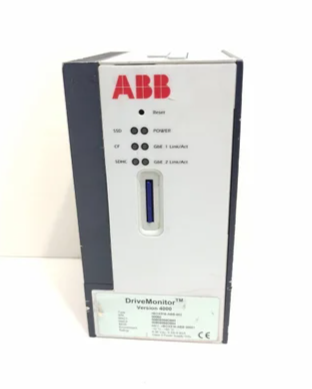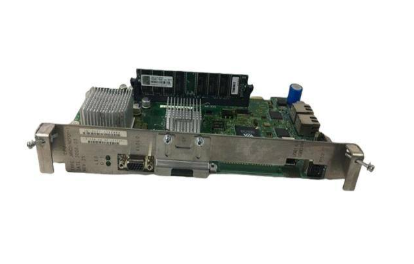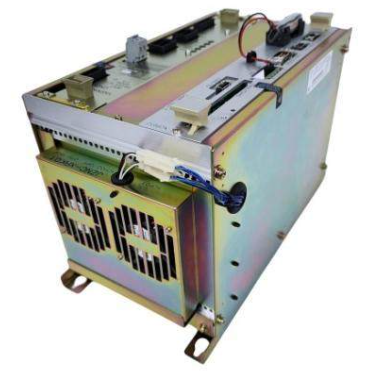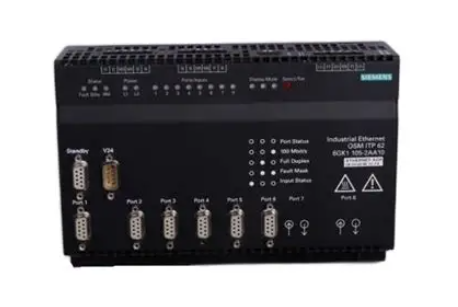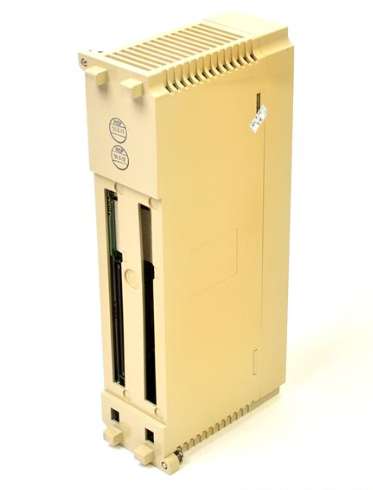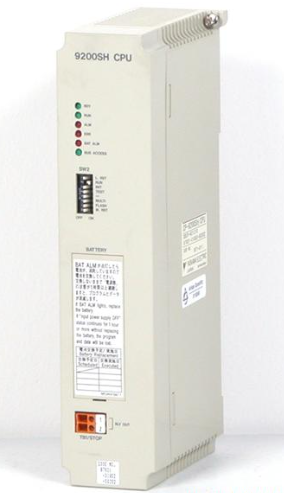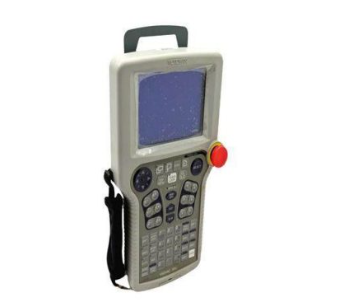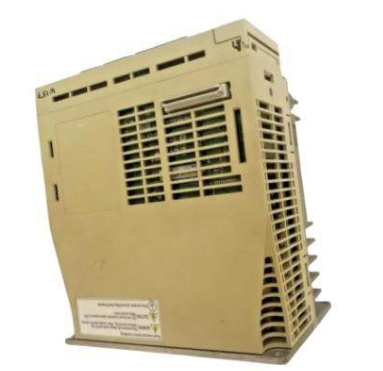ABB AC 800M 3BSE036352 Controller Hardware Product Guide System Version 5.1
ABB AC 800M 3BSE036352 Controller Hardware Product Guide System Version 5.1
Functional Description
Processor Unit: Divided into two types: PM8xx (except PM891), which consists of a processor unit and a TP830 baseboard with ports such as Ethernet and serial ports, and supports connection to the S800 I/O unit; and the PM891, which is a monolithic unit with stronger performance and unique redundant links and interfaces. Some processor units support redundant configurations with a switchover time of less than 10ms.
Communication: By adding communication units to the CEX bus, the number of ports and types of protocols can be expanded to support a variety of field buses and communication protocols, such as PROFIBUS DP, FOUNDATION Fieldbus, etc., to achieve connection with remote I/O, field instruments and other devices.
Battery Backup: There are two types of backup methods, internal battery (except PM891) and external battery (SB821, SB822), which are used to supply power to RAM and real-time clock in case of power failure.
Power supply: The power supply unit (SD83x) converts AC power to 24V DC power and supports redundant configurations. The processor unit has an internal power reserve to cope with short-term power failures. Power can also be supplied from an external 24V DC source, but voltage stability should be taken into account.
I/O system: support a variety of I/O system connection methods, such as S100 I/O, S800 I/O, S900 I/O, etc., through different communication interfaces and protocols.S800 I/O supports hot configuration, redundancy and HART routing and other functions.
Drive system: ABB standard and customised drives can be connected to the AC 800M in a variety of ways, such as optical ModuleBus, PROFIBUS DP, etc. The CI858 DriveBus interface can control up to 24 drives.
Software Components: The software used with the AC 800M controller is the control software, which includes hardware functions, firmware functions, and applications. Firmware needs to be loaded and applications downloaded through the Control Builder interface, and the firmware version of the CPU and other hardware units should be checked before installation.
Hardware components: Introduction to the hardware components, such as the composition and functions of the processor units (PM8xx, PM891) in different configurations; CEX bus interconnection unit (BC810) for improved communication reliability; characteristics and parameters of the various communication interfaces (PROFIBUS DP, RS-232C, etc.); types of battery back-up components and their use; power supply components (SD83x, SS832); and the power supply components (SD83x, SS832). SD83x, SS832) specifications and functions.
Mechanical Design: Examples of cabinet design are provided, showing how controllers, power supply units, etc. are configured and installed in the cabinet. It is emphasised that a certain amount of space needs to be reserved above and below the equipment in order to ensure ventilation and cooling.
Technical data and performance: Performance data of the processor units (PM8xx, PM891) are given, including CPU model, memory, communication speed, etc.; technical parameters and performance indexes of each communication interface unit, battery back-up unit, power supply components, etc.; certification and environmental adaptability of the products are also introduced.
Technical specification parameters
Processor Unit
CPU performance: PM851/PM851A/PM856/PM856A/PM860/PM860A/PM861 adopts MPC860 microprocessor, running frequency 48MHz; PM864/PM865 adopts MPC862 microprocessor, running frequency 96MHz; PM866 adopts MPC866 microprocessor, running frequency 133MHz; PM891 adopts MPC8270 microprocessor, running frequency 450MHz. The PM866 uses the MPC866 microprocessor running at 133MHz and the PM891 uses the MPC8270 microprocessor running at 450MHz. different processor units execute applications at different speeds, e.g., the PM860 executes twice as fast as the PM851/PM856.
Memory Configuration: PM851/PM856/PM860 are equipped with 2MB Flash PROM (for firmware storage) and 8MB SDRAM; PM851A has 2MB Flash PROM and 12MB SDRAM; PM856A/PM860A has 2MB Flash PROM and 16MB SDRAM, etc., while PM891 has 16MB Flash PROM and 256MB SDRAM with integrity check. The PM891 has 16MB of Flash PROM and 256MB of DDR2 SDRAM with integrity check.
Port parameters: Ethernet ports (CN1, CN2), only CN1 is available on some models (e.g. PM851/PM851A) at 10Mbit/s (half-duplex), the PM891's CN1+CN2 ports support 10/100Mbit/s; Serial port COM3 (available on some Processor Units) is available at a selectable communication speed of 75 - 19200 baud; COM4 is used for connection to Control Builder, communication speed 9600 baud.
Other parameters: Electrical ModuleBus for 1 S800 I/O basic cluster, up to 12 S800 I/O units, 192 I/O signals in total (PM891 does not have this interface); Optical ModuleBus for 7 S800 I/O clusters (PM851/PM851A only 1), 12 units in each cluster; CEX bus for up to 12 communication interfaces (PM851/PM851A, PM851A, PM851A, PM851A, PM851A, PM851A, PM851A, PM851A, PM851A, PM851A, PM851A). Up to 12 communication interfaces can be connected to the CEX bus (up to 1 for PM851/PM851A).
- EMERSON
- Honeywell
- CTI
- Rolls-Royce
- General Electric
- Woodward
- Yaskawa
- xYCOM
- Motorola
- Siemens
- Rockwell
- ABB
- B&R
- HIMA
- Construction site
- electricity
- Automobile market
- PLC
- DCS
- Motor drivers
- VSD
- Implications
- cement
- CO2
- CEM
- methane
- Artificial intelligence
- Titanic
- Solar energy
- Hydrogen fuel cell
- Hydrogen and fuel cells
- Hydrogen and oxygen fuel cells
- tyre
- Chemical fiber
- dynamo
- corpuscle
- Pulp and paper
- printing
- fossil
- FANUC
- Food and beverage
- Life science
- Sewage treatment
- Personal care
- electricity
- boats
- infrastructure
- Automobile industry
- metallurgy
- Nuclear power generation
- Geothermal power generation
- Water and wastewater
- Infrastructure construction
- Mine hazard
- steel
- papermaking
- Natural gas industry
- Infrastructure construction
- Power and energy
- Rubber and plastic
- Renewable energy
- pharmacy
- mining
- Plastic industry
- Schneider
- Kongsberg
- NI
- Wind energy
- International petroleum
- International new energy network
- gas
- WATLOW
- ProSoft
- SEW
- wind
- ADVANCED
- Reliance
- YOKOGAWA
- TRICONEX
- FOXBORO
- METSO
- MAN
- Advantest
- ADVANCED
- ALSTOM
- Control Wave
- AB
- AMAT
- STUDER
- KONGSBERG
- MOTOROLA
- DANAHER MOTION
- Bently
- Galil
- EATON
- MOLEX
- Triconex
- DEIF
- B&W
- ZYGO
- Aerotech
- DANFOSS
- KOLLMORGEN
- Beijer
- Endress+Hauser
- MOOG
- KB
- Moxa
- Rexroth
- YAMAHA
- Johnson
- Westinghouse
- WAGO
- TOSHIBA
- TEKTRONIX
- BENDER
- BMCM
- SMC


Email:wang@kongjiangauto.com


